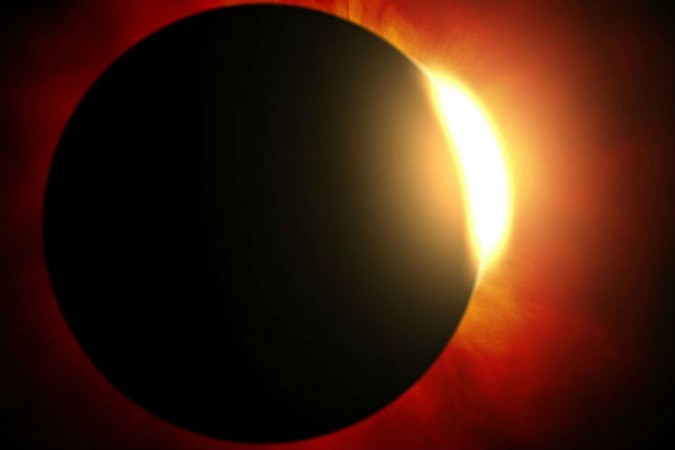
A total solar eclipse will pass across Western Australia's remote North West Cape on April 20. It can also be seen from areas of East Timor and West Papua, an Indonesian province.
It begins an extraordinary sequence of five total solar eclipses that will sweep Australia in the following 15 years.
Eclipse of the Sun by the Moon: A solar eclipse occurs when the New Moon passes in front of the Sun, obstructing its beams and creating a shadow over portions of Earth.
The Moon's shadow never covers the entire earth because it is too small to do so (see the map drawings below for more information). Because Earth and the Moon are always moving—Earth spins continually around its axis while orbiting the Sun, and the Moon orbits Earth—this area varies throughout the eclipse. Because of this, solar eclipses appear to move from one location to another.
Solar eclipse types: The four types of solar eclipses are as follows. The area of the Moon's shadow that touches Earth determines how much of the Sun's disc is eclipsed, or the eclipse magnitude.
When the Moon just partially blocks the Sun's disc and only casts its penumbra on Earth, a partial solar eclipse occurs.
When the Moon's disc is insufficiently large to completely obscure the Sun's disc, an annular solar eclipse occurs. The Sun's outer edges are still visible, creating a ring of fire in the sky. When the Moon is close to apogee and casts its antumbra on Earth, there occurs an annular eclipse of the Sun.
Total solar eclipses, in which the Moon entirely blocks out the Sun, can only occur when the Moon is close to perigee, the point in its orbit where it is closest to Earth. Only those who are in the umbra, or path of the Moon's thickest shadow, can observe a total solar eclipse.
The rarest sort of solar eclipses are hybrid ones, commonly referred to as annular-total eclipses. They happen when an eclipse shifts along its path from an annular to a total solar eclipse, or vice versa.
World Voice Day celebrates on 16 April, Know something special for the Day